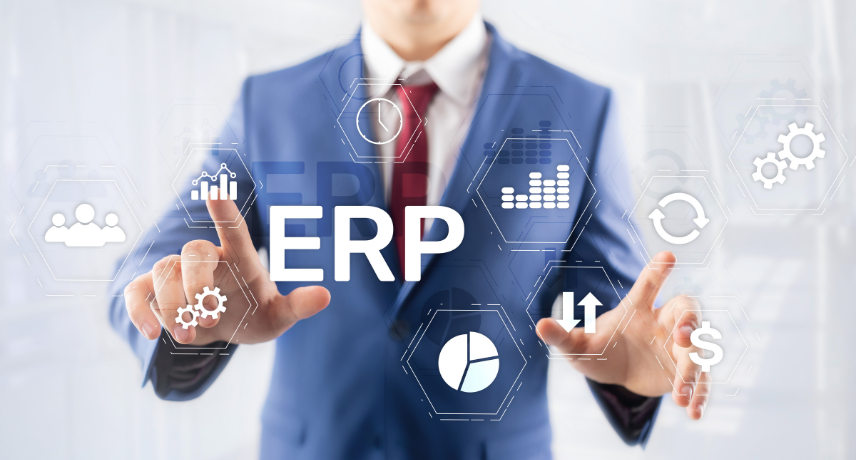
Enquiry Form
Top 10 ERP Challenges in Education and How to Overcome Them
The education sector is evolving fast, and universities and colleges are gradually turning to ERP in education to make their operations more efficient and streamlined and improve student experience. An education ERP system has become a crucial part of contemporary academic organizations when it comes to organizing admissions and exams as well as handling finances and faculty records.
Nevertheless, using ERP solutions in schools and universities is not without its challenges, as with any other technology. Without a proper assessment, they cause performance, adoption, and long-term success issues.
This article will review the top 10 ERP challenges in education and offer the best strategies to overcome these challenges.
1. Expensive Implementation Costs
The cost of implementation is one of the greatest challenges institutions encounter using their ERP software in education. Budget-limited schools or colleges may find the licensing fees, customization, and training overwhelming.
Solution: Explore cloud-based ERP solutions that charge subscriptions. This provides flexibility and scalability while lowering the initial outlay.
2. Resistant to Change
Faculty and staff also tend to oppose a shift towards manual processes. The transitioning of the digital education ERP software may be complex to consider, resulting in low rates of adoption.
Solution: Offer job-specific training and practical workshops and emphasize time-saving advantages to get buy-in among staff members.
3. Data Migration Problems
The process of migrating legacy data to a new school ERP is usually complicated. Incomplete or ineffective records may cause operations to be interrupted.
Solution: Validate data and clean data prior to migration. Implement in phases to test accuracy prior to live implementation.
4. Inadequate User Training
The best school ERP systems are useless when staff as well as students are not able to take advantage of them. Lack of training leads to frustration and mistakes.
Solution: To make sure that users are comfortable using the system, invest in continuous training programs, video tutorials, and helpdesk support.
5. Integration with Existing Systems
There are various learning management or finance or HR tools that educational institutions commonly utilize. It may be difficult to ensure seamless integration with the new college ERP system.
Solution: Select ERP platforms that provide powerful integration APIs. Collaborate with vendors that focus on education technology.
6. Customization Needs
Workflows are unique in each institution. Universities may not be fully compatible with standard ERP in terms of admission periods, grading criteria, and attendance patterns.
Solution: Select ERP solutions that enable modular customization. Engage end-users to effectively address institutional needs during the design process.
7. Cybersecurity Concerns
ERP issues in the education sector can also involve increased cyber threats with sensitive student and faculty data being stored digitally. The lack of authorization may cause a data breach.
Solution: Implement the ERP systems with multi-factor authentication encryption and periodic security audits to protect academic records.
8. Scalability Issues
The ERP software in schools and colleges needs to provide a larger scale of campuses, data, and student numbers as institutions increase in size. Scaling is inappropriate in many systems.
Solution: Cloud-based ERP offers scalability. Institutions are also able to grow, as there are regular updates to the system.
9. Weak Vendor Support
Vendor reliability is an essential aspect of ERP success. Institutions are not able to address technical issues of their education ERP system without the help of after-sales support.
Solution: Find experienced ERP vendors that can provide 24/7 support, frequent upgrades, and account management.
10. Measuring ROI
Institutions can have difficulties with measuring the ROI of ERP within higher education. Without clarity in KPIs, decision-makers might hesitate to find value in the system.
Solution: Measure key indicators like streamlined paperwork, quicker admissions, better reporting, and student satisfaction to illustrate ROI accurately.
Conclusion:
Although implementing ERP software in schools and universities can be a daunting task, it is better to know what issues can arise in the process and plan accordingly. Whether it is breaking down expense barriers or enhancing their training and cybersecurity, the more proactive institutions can be expected to enjoy positive results.
ERP implementation in the educational system not only facilitates administrative tasks but also positively affects the learning experience of students. Accepting these challenges and resolving them, schools and colleges can make a real breakthrough into the world of digital transformation in education.